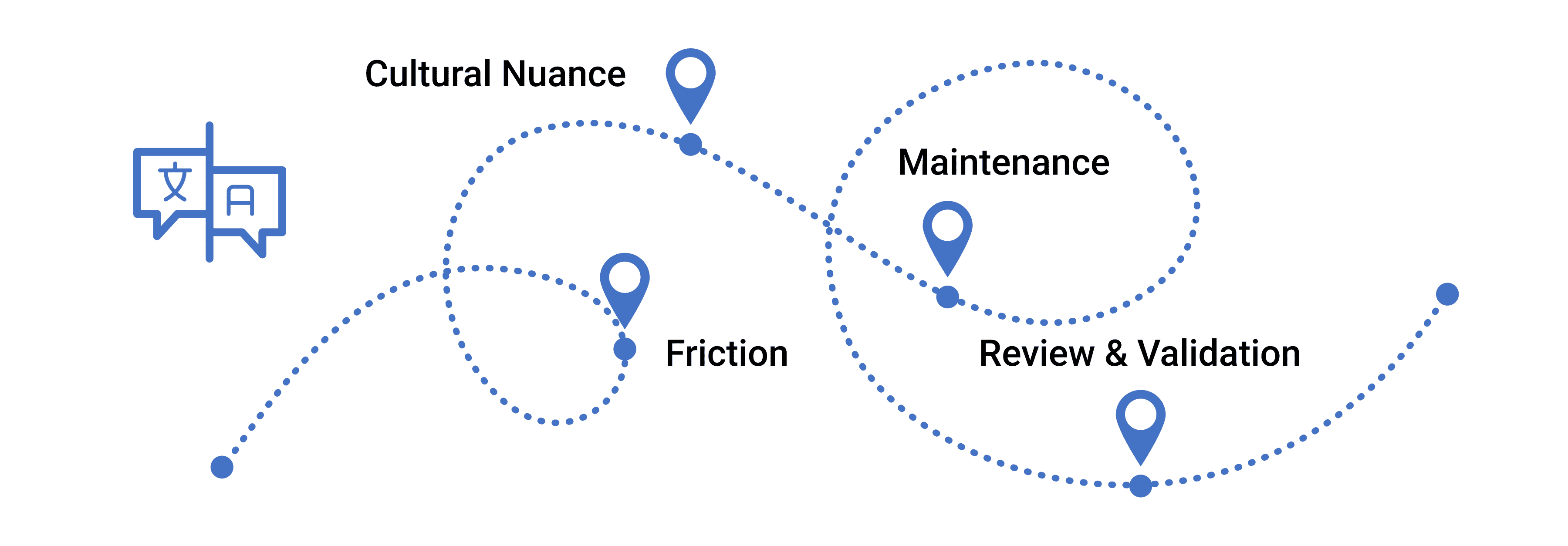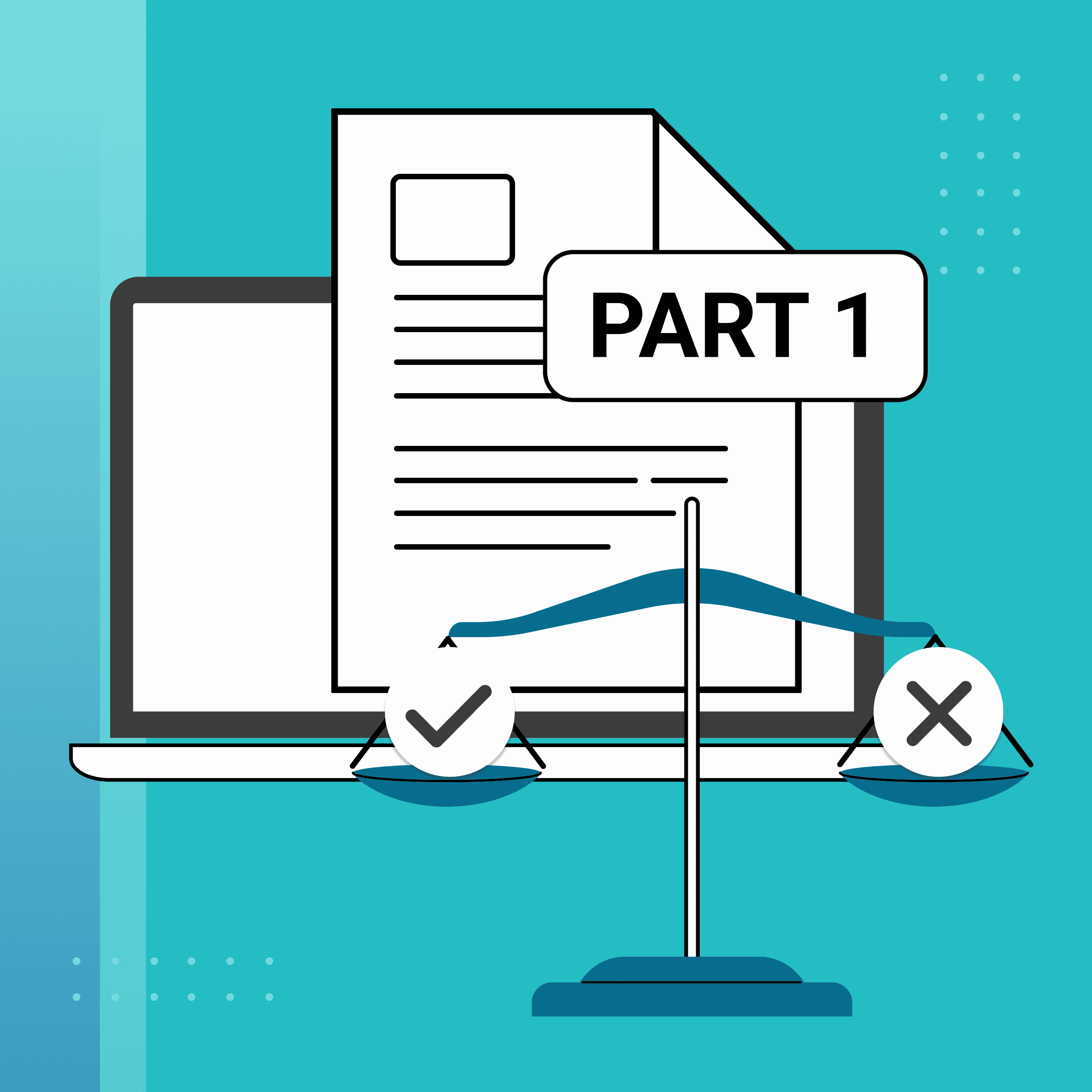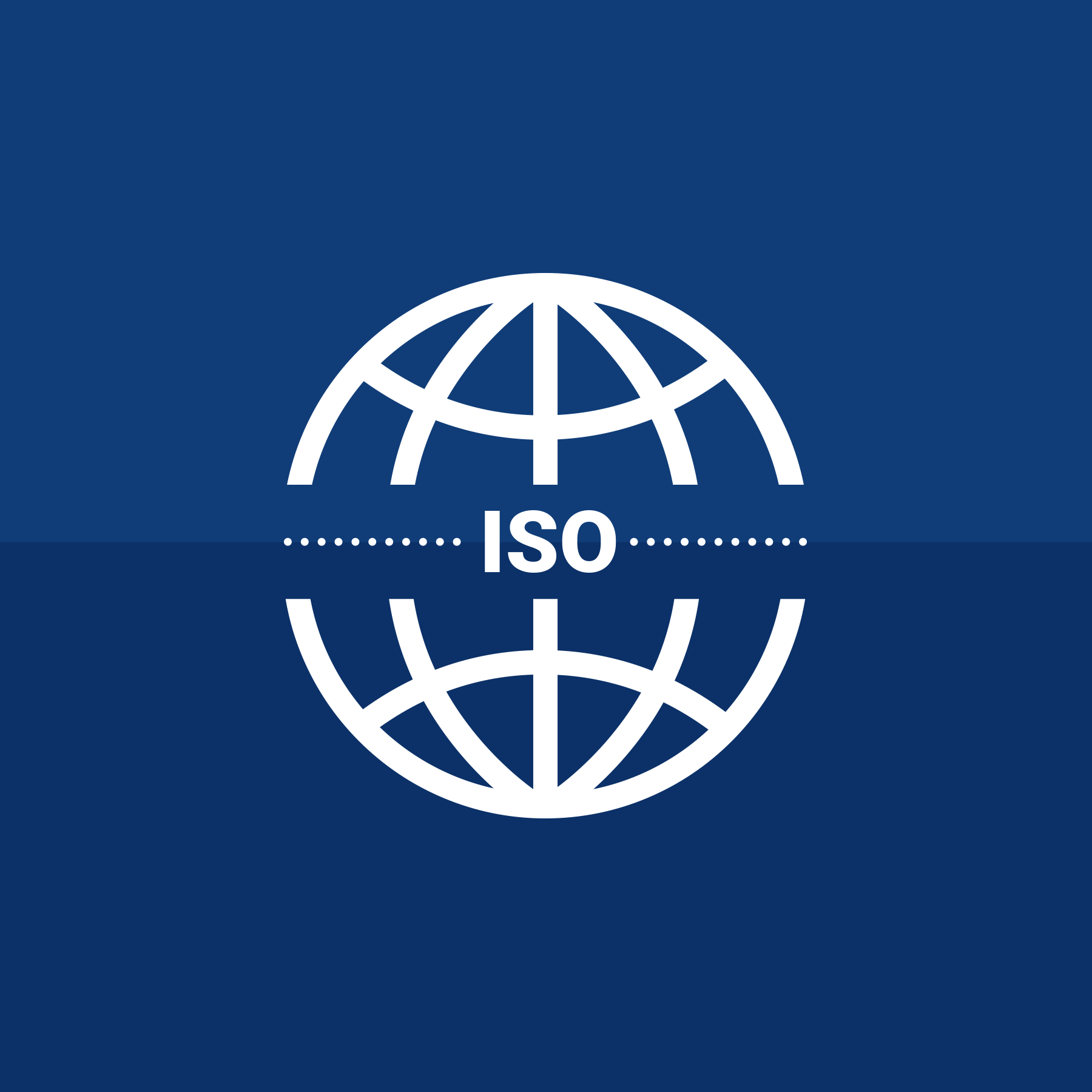Overcoming Four Common Challenges in Localization
Localization is a vital process for companies aiming to expand their reach across different countries and cultures. However, despite its importance, localization often comes with its fair share of challenges. In this post, we’ll explore four common obstacles that organizations face during the localization process and how to overcome them to ensure a smoother, faster, and more efficient translation workflow.
1. Removing Friction
One of the most significant localization problems to rapid translation and increased time-to-market is friction in the localization process. Manual tasks such as preparing files, downloading and uploading content, and navigating through disparate tools can create bottlenecks that slow down the entire process. These friction points not only prolong the timeline but also increase the risk of errors and miscommunication.
Solution: The key to overcoming this common challenge is to streamline your workflow by connecting your authoring and content tools directly to a Translation Management System (TMS). By integrating these systems, you can automate many of the manual tasks, reducing the need for human intervention and minimizing the potential for delays. Automation, combined with human-in-the-loop processes, ensures that translations are completed quickly and accurately, allowing your team to focus on delivering high-quality content without unnecessary delays.
2. Review and Validation
The review and validation phase of translated content is often the number one reason for localization project delays. When the review process is not clearly defined or if the reviewers are not properly trained, it can lead to significant delays and even project rework.
Solution: To keep projects on schedule, it’s essential to work closely with your language services or translation provider to identify who will be responsible for the review and validation process. A reputable translation agency will offer training to the designated reviewers, guiding them on how to effectively perform their tasks. This collaboration ensures that everyone involved understands their role, leading to a more efficient review process and fewer delays.
3. Maintenance
Maintaining and updating existing translations can be a daunting task, particularly for organizations that lack a defined process or the right tools to manage these updates seamlessly. Without a structured approach, even minor changes can become time-consuming and costly, disrupting your content localization strategy and delaying the release of updated materials.
Solution: The best way to handle updates efficiently is by partnering with a language translation company that uses modern translation management systems. These tools are designed to facilitate quick and accurate updates to your translated content, ensuring that any changes are implemented across all relevant materials with minimal effort. By leveraging a TMS, you can maintain consistency and accuracy in your localized content, keeping it aligned with your brand’s evolving message and market needs.
4. Cultural Nuance
Inadequate cultural sensitivity and understanding can significantly impact the success of localized content, leading to misunderstandings or misinterpretations that could alienate the target audience.
Solution: Utilizing software for localization that leverages previously translated texts can dramatically reduce the time and costs associated with translating new projects into a different language. Features, like stored technical terminology and access to a global network of translators, ensure that translations are not only linguistically accurate but also culturally relevant. This approach facilitates the delivery of content that resonates with the cultural norms and differences of each target market, enhancing engagement and reducing potential miscommunications that often arise from language barriers.

Overcoming these challenges requires a combination of the right technology, strategic planning, and collaboration with your translation provider. By addressing friction points, streamlining the review process, managing updates effectively and understanding cultural nuances, you can ensure a smoother, more efficient localization process that meets your business goals and satisfies your global market.
Our powerful software solutions, such as MadCap Flare, known for its excellence in Technical Writing Software, and IXIA CCMS, a leader in DITA Technical Writing Software, offer a full array of technical translation and localization services, tailored to meet the needs of various industries. Leverage our global network of professional translators who specialize in delivering accurate and culturally relevant translations. Connect with us today to see how we can help you expand your reach and effectively communicate with diverse audiences.
To learn more about what localization involves and how it can benefit your business, visit our detailed guide.









